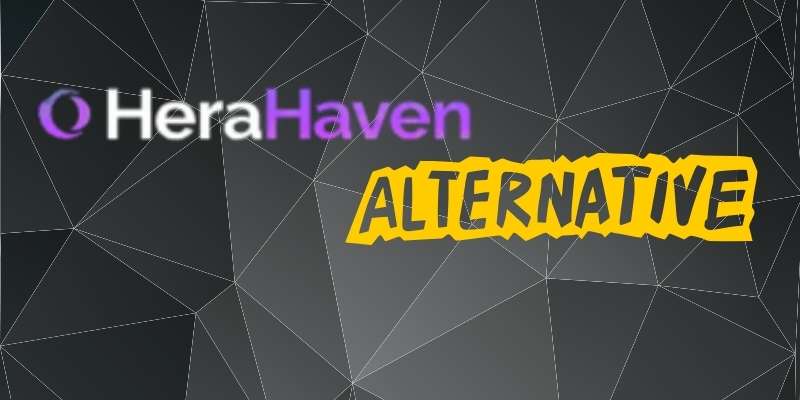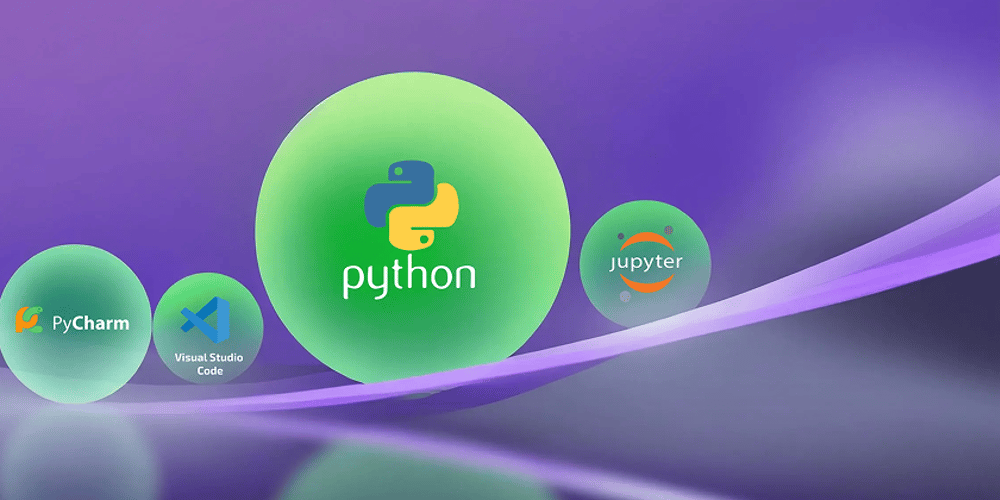My Experience with Next.js Why It's Bad (And Getting Worse)
For the longest time (since 2021), Next.js has been my go-to framework for working with React. It’s been my default choice, and for good reason, since has had, ✅ Great performance ✅ SEO-friendly ✅ Dev tools and integrations galore ✅ Vercel made deployment a breeze But over time, things started to feel… off. And recently, downright frustrating. Here’s my personal experience with Next.js — what started as admiration gradually turned into a checklist of red flags. 1. Ever Changing Principle Next.js has become increasingly difficult to rely on due to its constantly shifting direction. It started as a champion of Jamstack and static site generation, but over time, pivoted toward serverless architecture and heavily promotes server-side rendering (SSR). Now, they’re moving away from serverless again in favor of microVMs. These changes contradict its original philosophy and result in frequent shifts to the framework’s core foundations—forcing developers to constantly relearn and adapt. 2. From Simple to Spaceship

For the longest time (since 2021), Next.js has been my go-to framework for working with React. It’s been my default choice, and for good reason, since has had,
✅ Great performance
✅ SEO-friendly
✅ Dev tools and integrations galore
✅ Vercel made deployment a breeze
But over time, things started to feel… off. And recently, downright frustrating.
Here’s my personal experience with Next.js — what started as admiration gradually turned into a checklist of red flags.
1. Ever Changing Principle
Next.js has become increasingly difficult to rely on due to its constantly shifting direction. It started as a champion of Jamstack and static site generation, but over time, pivoted toward serverless architecture and heavily promotes server-side rendering (SSR). Now, they’re moving away from serverless again in favor of microVMs.
These changes contradict its original philosophy and result in frequent shifts to the framework’s core foundations—forcing developers to constantly relearn and adapt.





































































![Apple Releases iOS 18.5 Beta 2 and iPadOS 18.5 Beta 2 [Download]](https://www.iclarified.com/images/news/97007/97007/97007-640.jpg)
![Apple Seeds watchOS 11.5 Beta 2 to Developers [Download]](https://www.iclarified.com/images/news/97008/97008/97008-640.jpg)
![Apple Seeds visionOS 2.5 Beta 2 to Developers [Download]](https://www.iclarified.com/images/news/97010/97010/97010-640.jpg)













![What’s new in Android’s April 2025 Google System Updates [U: 4/14]](https://i0.wp.com/9to5google.com/wp-content/uploads/sites/4/2025/01/google-play-services-3.jpg?resize=1200%2C628&quality=82&strip=all&ssl=1)

![Gemini will come to Wear OS as an app update [APK Insight]](https://i0.wp.com/9to5google.com/wp-content/uploads/sites/4/2023/01/Google-Assistant-Wear-OS-Play-Store.jpg?resize=1200%2C628&quality=82&strip=all&ssl=1)













































































































































































![[The AI Show Episode 143]: ChatGPT Revenue Surge, New AGI Timelines, Amazon’s AI Agent, Claude for Education, Model Context Protocol & LLMs Pass the Turing Test](https://www.marketingaiinstitute.com/hubfs/ep%20143%20cover.png)

































































































































































































































